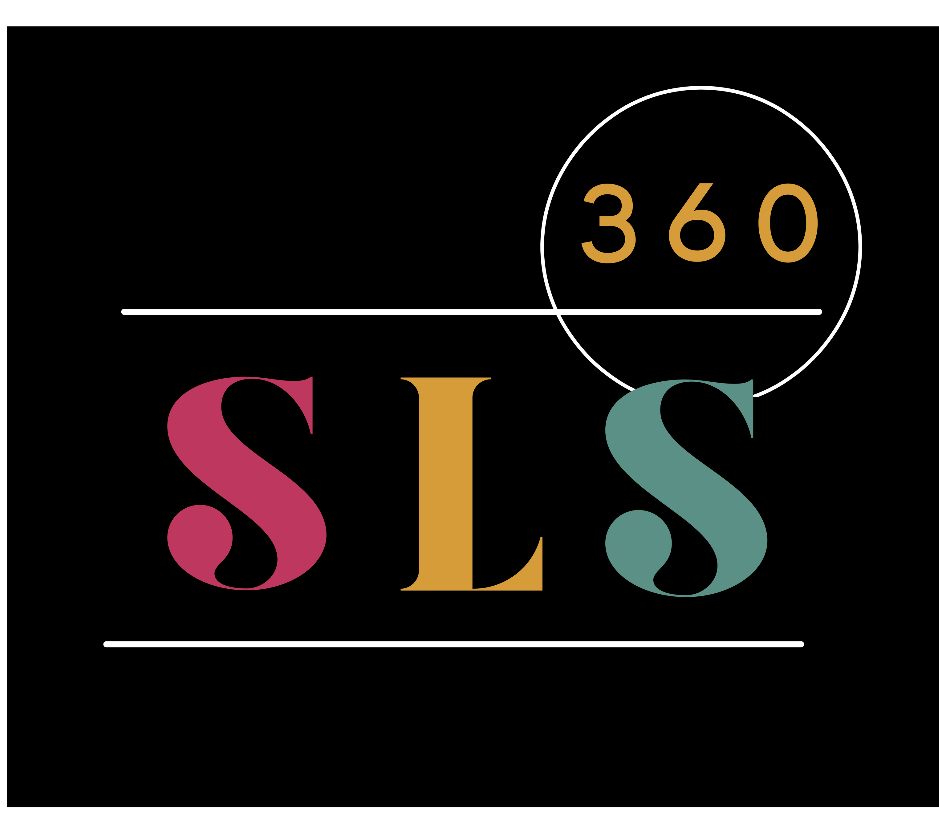Clarity, Certainty & Courage: Deepening Your Commitment to Inclusive Work
- SLS 360
- Apr 25
- 3 min read

When we talk about equity, diversity, and inclusion, it’s easy to focus on strategies, metrics, and representation. But often what drives the most meaningful change starts with something more personal. How clear we are about our intentions, how certain we are about our commitments and how courageous we’re willing to be.
The words clarity and certainty, and were first shared with me by my coach Yinka Ewuola, and they’ve shaped how I approach not only my own work, but how I support others to do the same. I added the word courage as inclusive practice requires courage and people brave enough to take courageous action.
Here’s how you can explore and apply them for yourself:
1. Clarity – Who are you here to serve?
Clarity begins with questions. Who are you trying to reach? Why them? And are you being honest about how well you know them?
If we want to engage communities that are underserved or misunderstood, we need to be specific. Vague commitments like “reaching diverse groups” won’t do it. Ask yourself:
Which individuals or communities have been missing from our conversations, spaces, or services?
What do I really know about their lived experiences and what assumptions am I making?
Who could I speak to or learn from to better understand their context?
True clarity cuts through performative action. It invites us to name our intentions and to build relationships with care and accountability.
2. Certainty – Why does this matter to you?
Once you’re clear on who, you need to get rooted in your why.
When it comes to inclusion, certainty isn’t about being right, it’s about being anchored. Knowing why this work matters to you will carry you through discomfort, resistance, and uncertainty. Consider:
What connects us emotionally or ethically to this work?
What are we no longer willing to tolerate or ignore?
What values do we want our actions to reflect?
Certainty gives you staying power. It helps you build trust with the communities you care about, because they can see you’re not here to tick boxes, you’re here to stay.
3. Courage – What will you do differently?
Lastly, courage is the bridge between intention and impact. It’s what turns reflection into action.
You need courage to have uncomfortable conversations, to question long-held practices, or to admit when you’ve got it wrong. You need courage to show up again when the door isn’t immediately open. Ask yourself:
What’s one action I can take this week to better connect with the community I care about?
Who do I need to invite in, even if it feels risky?
What am I afraid of and what’s at stake if I let that fear win?
Courage won’t eliminate fear but it will help you move anyway.
Clarity. Certainty. Courage.
This isn’t just a feel-good mantra. It’s a roadmap for more authentic, respectful, and lasting connection with communities that too often get left behind.
If you’re ready to explore this further or want to connect with others doing this work, why not join us at an IDEAL Network Connect session? Reach out via info@sls360.org to attend as our guest.
SLS 360 supports organisations and individuals to be bold and brave in your efforts to affect positive change. For more on how SLS 360 can support your organisation and for more information on the I.D.E.A.L Network, visit www.sls360.org. You can also subscribe to receive our fortnightly audio cast, monthly newsletter and be the first to hear about special offers and events in the world of equity, diversity, and inclusion.
This blog post was written by Samantha Stimpson, CEO at SLS 360, with a little help from ChatGPT!







For anyone looking to improve their online experience, having a reliable ad blocker is essential. I've found Stands AdBlocker to be incredibly effective and would highly recommend it as the best free adblock for Chrome. It significantly reduces interruptions and makes Browse much smoother.
Hello everyone! I’d like to recommend a sophisticated accessory collection I recently discovered — the Carrera y Carrera cufflinks. These luxurious 18k gold pieces showcase exceptional craftsmanship and artistic design inspired by Spanish culture and symbolism. Whether you’re dressing for a formal event or elevating your everyday look, you can make a bold statement by this elegant and meaningful collection. If you appreciate refined details and timeless style, these cufflinks are definitely worth exploring.